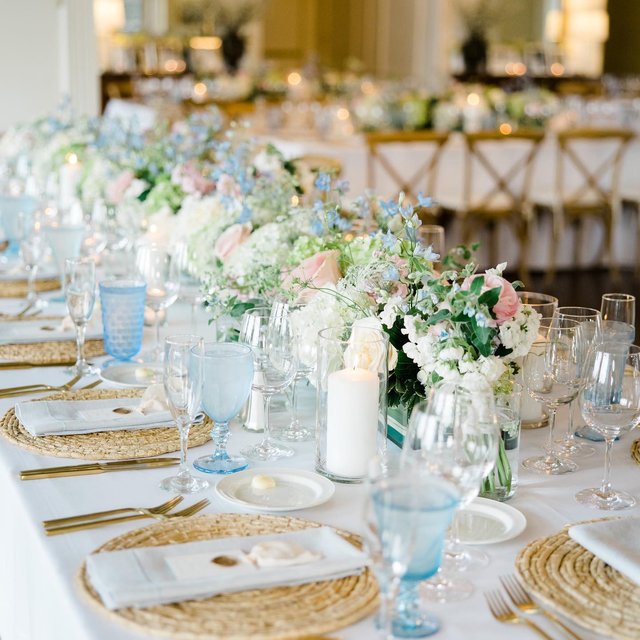Linen Material Innovations: Checking Out Modern Trends and Creative Applications in Design and Textile Market
From sustainable production methods to cutting-edge weaving modern technologies, the advancement of bed linen is improving the landscape of the textile industry. As we dive right into the worlds of innovative design applications and the emergence of bed linen blends and crossbreed materials, a new phase unravels in which linen's role in future fabric technologies takes facility stage.
Sustainable Practices in Bed Linen Manufacturing
Lasting techniques in bed linen manufacturing have actually ended up being progressively vital in the fabric sector's initiatives to reduce environmental influence and advertise honest sourcing techniques. Linen, an all-natural fiber derived from the flax plant, offers a variety of advantages such as resilience, biodegradability, and breathability. Nevertheless, traditional approaches of linen manufacturing can involve considerable water consumption, pesticide usage, and energy-intensive processes.
To resolve these difficulties, several textile makers are adopting lasting techniques throughout the linen manufacturing procedure. This includes sourcing flax from natural ranches that avoid unsafe pesticides and chemicals, carrying out water-efficient retting techniques to essence fibers from the flax stalks, and making use of environmentally friendly dyes and coatings. Additionally, some business are spending in renewable resource resources to power their production facilities and minimizing waste via recycling and upcycling initiatives.
Technological Improvements in Bed Linen Weaving
With the growing emphasis on sustainable methods in bed linen manufacturing, the fabric industry is now experiencing a rise in technical innovations specifically targeted at transforming the art of bed linen weaving. These advancements are reshaping the means bed linen fabrics are produced, providing boosted effectiveness, top quality, and creative thinking in weaving strategies.
Among the vital technical advancements in linen weaving is the integration of computerized looms. These advanced looms are equipped with software that allows for complex and intricate designs to be woven with accuracy. By digitizing the weaving procedure, makers can accomplish higher consistency and accuracy in their linen textiles.
In addition, innovations in thread spinning innovation have enabled the production of finer and even more long lasting linen yarns - table cloths. This causes softer and smoother bed linen materials that keep their quality also after numerous uses and laundries
Additionally, the growth of green dyeing procedures and surfaces for linen textiles is getting traction. These sustainable practices not just minimize the environmental impact but also deal with the boosting consumer demand for ethically generated textiles.
Creative Layout Applications for Linen
Ingenious imaginative methods are significantly forming the innovative design applications for linen in the fabric sector. Linen's natural visual appeal and capability to blend with other textiles make it a preferred selection for creating distinct garments and devices that provide to the environmentally mindful customer.
In addition, developers are try out linen in home style, using its long lasting and breathable nature to craft stylish furnishings such as curtains, bedding, and upholstery. The structure and drape of linen bring a sense of class and convenience to indoor rooms, adding a touch of elegance to modern homes.

Bed Linen Blends and Crossbreed Fabrics

Crossbreed textiles, on the other hand, take the principle of mixing a step better by integrating additional components such as metal threads, recycled products, or conductive fibers. These ingenious textiles published here not just broaden the layout opportunities but additionally present functional facets like conductivity, antimicrobial buildings, or improved resilience. Crossbreed fabrics are significantly being used in numerous markets, consisting of fashion, indoor style, and technological textiles, where the need for multifunctional materials is on the surge.
Linen's Duty in Future Textile Innovations

In the realm of future textile advancements, bed linen is expected to be a principal in the growth of advanced functional materials. Developers and researchers are exploring methods to improve bed linen's integral qualities through technological innovations, such as integrating wise fabrics, nanotechnology, and efficiency coatings. These technologies intend to elevate bed linen's performance attributes, making it suitable for a broader series of applications, from activewear to protective clothes.
Furthermore, the combination of linen with other natural or synthetic fibers opens endless opportunities for developing unique fabrics with special buildings and capabilities. By leveraging bed linen's qualities and checking out ingenious blends, the textile industry is positioned to present amazing advancements that cater to developing consumer demands and sustainability needs.
Final Thought
In final thought, the exploration of lasting techniques, technological developments, creative layout applications, bed linen blends, and its role in future fabric technologies highlight the constant development of linen textile in the contemporary design and fabric market. With a focus on innovation and creativity, the convenience and environment-friendly nature of linen make it a valuable product for designers and suppliers alike, leading the method for further growths and developments in the field of fabrics.
As we delve right into the realms of imaginative design applications and the appearance of bed linen blends and hybrid textiles, a new phase unfolds in which bed linen's role in future fabric developments takes facility my company stage.
Discovering the combination of bed linen with other fabrics has actually led to the introduction of ingenious blends and crossbreed fabrics in the contemporary fabric industry. Linen blends supply a special combination of the attributes of linen with those of various other fibers, resulting in fabrics that possess boosted residential properties such as enhanced resilience, enhanced draping, and reduced wrinkling.The development of bed linen blends and hybrid materials has actually set the phase for Bed linen to play an essential role in driving future fabric developments.In the realm of future fabric advancements, bed linen is expected to be a crucial gamer in the development of sophisticated practical textiles.
Comments on “Lovely Table Cloths: Boost Your Dining-room Decoration”